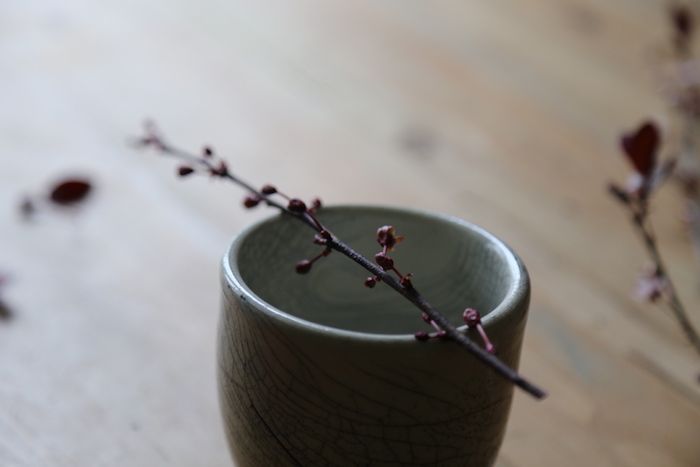
words: olivia potts
photo: deborah dewbury-langley
When my mother died, I lost a recipe.
Her death was sudden and unexpected. The day before, we talked normally, knowing nothing of what lay ahead. We talked about her library books, my job, Emmerdale.
If I’d known she was going to die, I might have asked the important questions: what do I need to know about childbirth? How do you get curry stains out of a white shirt? How do you make your chilli con carne?
But I never asked those questions. I found myself – 25, motherless, heartbroken – not knowing things I never knew I wanted to know. Amongst those were her dishes. Losing her meant losing her food; I had never once asked for a recipe, and now it was too late.
Until it ended, I hadn’t realised how important food was to our relationship. Now, I can see it was her main way of conveying sympathy and care. She was not obsessive about food, like I am; she didn’t derive any joy from standing over a stove, or hosting a dinner party. The food she made was just for her family, for us. But every mouthful was carefully and meticulously prepared.
Whenever I was poorly – I was a sickly child, and an even sicklier teenager – my mother made minestrone soup. She would sit opposite me at the kitchen table, watching quietly as slowly, spoonful by spoonful, I ate it, and then she would walk me slowly, quietly around the garden. All soups are nourishing, but this soup was special. It was made with care in both senses. It was full of love, patience and effort. But it was also careful; everything chopped meticulously, placed in neat piles, and then one by one, dropped in a big pot in a preordained order. I needed to recreate this soup. The entirety of my mother’s cooking and love seemed bound up in minestrone. So I began trying to make it from memory. I knew it involved tiny pasta, and bacon and a lot of vegetables.
I knew that those vegetables were diced precisely. I bought pasta and bacon, and I diced vegetables precisely. I threw them in a pot and thought good thoughts.
My first attempt was wrong. So was my hundredth. I drowned in soups, unable to replicate the taste. I could get close, but it was never quite right. It was never my mother’s soup. I turned to the internet, and spent nights gazing at search results for soup recipes, eliminating possibilities: no, no, no. Of all dishes, minestrone must be one of the hardest to recreate. There is no such thing as an authentic recipe; it has as many variations as it has cooks.
Years passed, measured in failed soups. The grief eased, or at least changed: it became quieter. A looming adversary became a stolid, bitter companion. I could see past it, but it was always there.
A few months ago, when my father decided to move out of our old house, he offloaded most of my mother’s books on me. Among them were her cookbooks. In truth, I could never remember her actually using a cookbook. But here they were.
I flicked idly through them. I almost didn’t spot the minestrone soup. But as soon as I began reading, I realised: this was the recipe. This was my mother’s minestrone soup. I studied the method, line by line, and pictured my mum dicing, frying, stirring, the intricate ballet of her perfect soup. I closed the book and looked at the front cover.
It was Delia’s Complete Cookery Course. My mother’s minestrone soup was Delia’s minestrone soup. I had been searching for this recipe, experimenting, testing this recipe for three years only for it to be in one of the most famous cookery books ever published.
But now I have it. I make this soup in the pot that my mother used – and finally, I make it as she did. And it tastes like home.
This story originally appeared as one of our 'stories of the senses' in issue 33 of Oh Comely. We were delighted to hear that Olivia won the category of Fresh Voices in Food Writing at this year's The YBFs with an edited version of this piece. You can see read more of Olivia's writing on her blog and follow her on Twitter.






